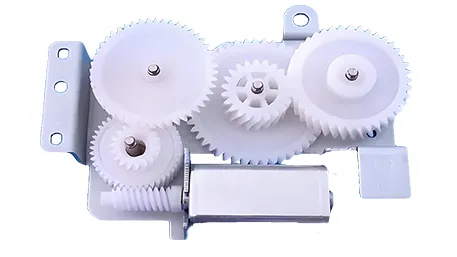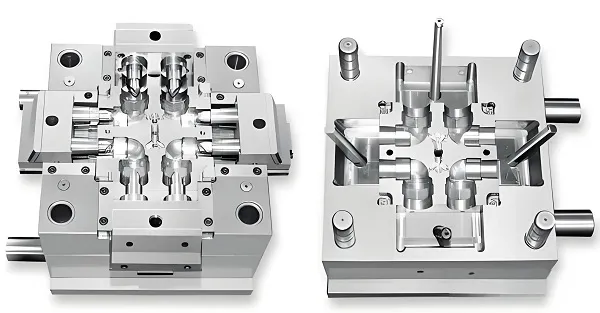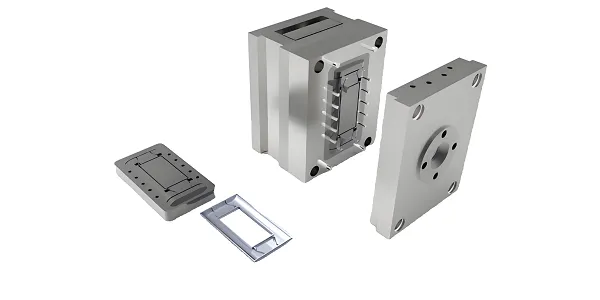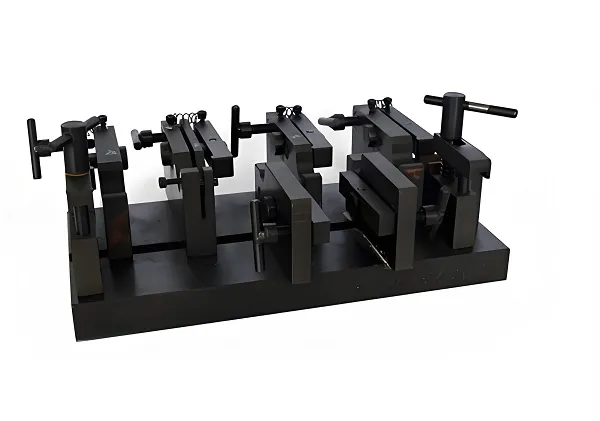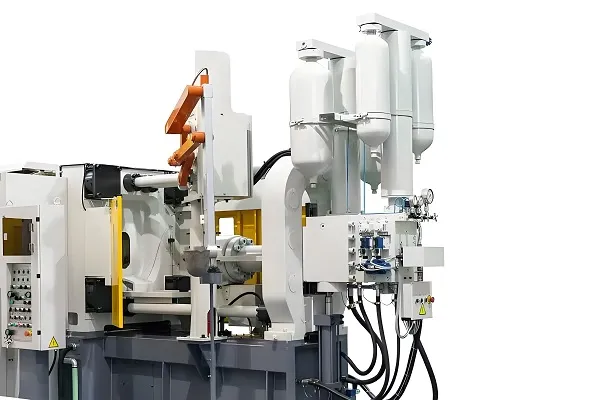CNC grinding, known as Computer Numerical Control (CNC) grinding, is a technology that utilizes high-precision CNC machine tools (CNC machines) to perform surface finishing of materials. This technology controls the trajectory, speed and feed of grinding tools (such as grinding wheels) through computer programs, and carries out high-precision and high-efficiency grinding processing for workpieces to achieve the expected dimensional accuracy, shape accuracy and surface roughness requirements.CNC grinding processing is widely used in the field of precision machining of metals, ceramics, cemented carbide and other materials.
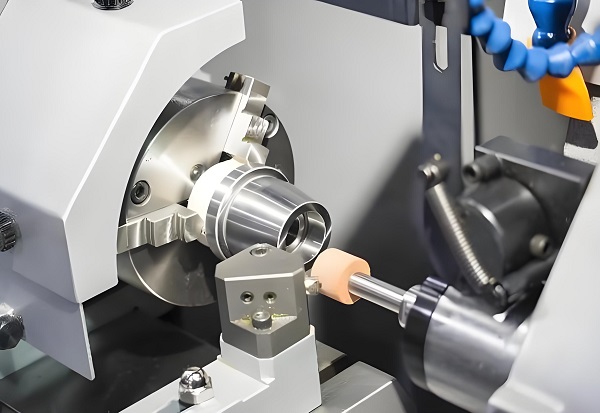
1. CNC grinding technology principle
The technical principle of CNC grinding processing is based on the combination of computer numerical control technology and grinding process. First of all, through the CAD / CAM software design and generation of workpiece three-dimensional model and machining path; then, the machining path information input to the CNC machine tool control system; finally, the control system according to the input instructions, precise control of the grinding tool on the surface of the workpiece trajectory, rotational speed and feed rate, to achieve the workpiece accurate grinding processing. CNC grinding can realize complex shapes and high-precision machining tasks, and at the same time improve the production efficiency and machining quality.
2. Customization of CNC grinding products
CNC grinding technology offers great flexibility and precision for product customization. Whether it is simple flat grinding or complex curved surfaces, grooves and other structures, CNC grinding can be customized according to customer needs. By adjusting the machining program and grinding parameters, precise control of the size, shape and surface quality of the workpiece can be achieved to meet the specific needs of different industries. In addition, CNC grinding processing can also realize small batch production and rapid prototyping, providing strong support for product development and innovation.
3. Introduction of CNC grinding materials
CNC grinding processing is suitable for processing a variety of materials, including but not limited to the following:
Metal materials: such as stainless steel, aluminum alloy, titanium alloy, brass and so on. These materials have good grindability, and high precision dimensions and surface quality can be obtained through CNC grinding processing.
Hard alloys: such as tungsten steel, ceramics, etc.. These materials have high hardness and good abrasion resistance, and are often used to make cutting tools and high-precision parts. cnc grinding can effectively handle these high-hardness materials and achieve high-precision machining results.
Non-metallic materials: such as ceramics, glass and so on. Although these materials are more difficult to process, CNC grinding processing can also realize high-precision processing effect by choosing suitable grinding tools and process parameters.
Characteristics Overview:
High precision: CNC grinding can achieve micron-level machining accuracy to meet the needs of high-precision parts.
High surface quality: Through the fine grinding process, a smooth and uniform workpiece surface can be obtained, which improves the appearance quality and performance of the product.
High material adaptability: capable of processing a wide range of materials, including carbide and non-metallic materials.
Strong flexibility: it can be customized and processed according to customers’ needs to meet diversified market demands.
4. CNC grinding processing product characteristics:
High precision dimensions: CNC grinding processing can ensure the workpiece dimensional scrap rate.
High-quality surface: the surface of the processed workpiece is smooth and burr-free, which meets the requirements of high precision and high quality.
Complex shape processing ability: It can process various complex shapes and structures of workpieces to meet special requirements.
Efficient production: CNC grinding processing is characterized by high degree of automation and high productivity, which can shorten the production cycle and reduce costs.
Good stability: the high rigidity and stability of CNC machine tools ensure the stability of the machining process and the reliability of the machining quality.
Machining accuracy: ± 0.005mm
Surface roughness: Ra 0.4μm or less
Production efficiency: more than 30% compared to traditional grinding processing
Material removal rate: depending on the type of material and processing conditions, up to several hundred cubic millimeters per minute
Equipment accuracy retention: less than 0.01mm/year under long-term operation.
CNC Grinding FAQ
Q: What industries is CNC grinding applicable to?
A: CNC grinding is widely used in many industries such as aerospace, automobile manufacturing, mold manufacturing, precision instruments, electronic communications, etc. It is used to process parts and components with high precision and high surface quality.
Q: How to ensure the quality of CNC grinding machining?
A: The key to ensure the quality of CNC grinding machining lies in choosing suitable grinding tools, formulating reasonable machining programs and parameters, and controlling the machining environment. At the same time, regular maintenance and repair of the machine tool is also an important factor to ensure the quality of machining.
Q: What are the advantages of CNC grinding over traditional grinding?
A: CNC grinding has higher machining accuracy, better surface quality, better material adaptability and higher productivity than traditional grinding. In addition, CNC grinding can realize complex shapes and high-precision machining tasks to meet diversified market demands.

